

Maldives

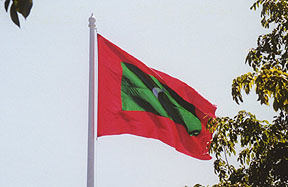
the country
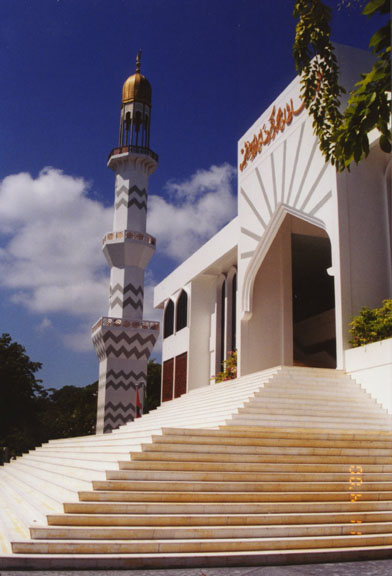
Grand Friday mosque (1984)
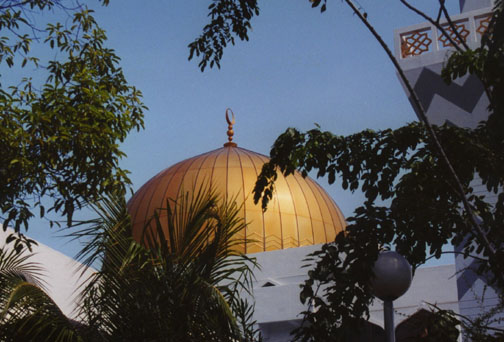
dome of the mosque
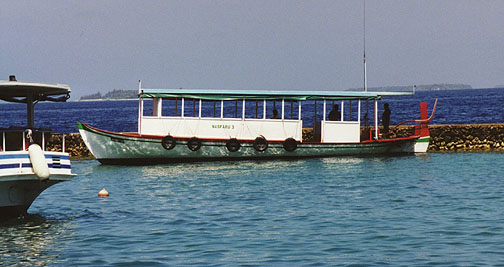
most people take a boat to the resort islands
Photos of Kurumba Village resort
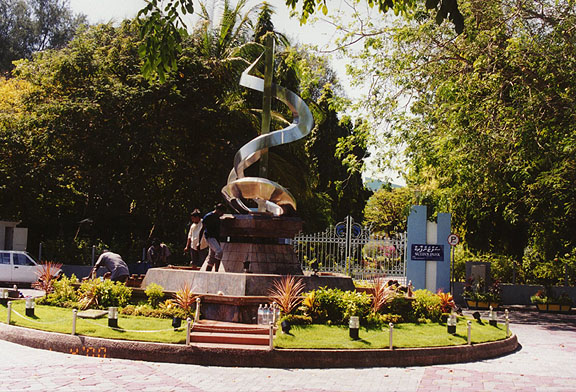
fountain in front of Sultan Park in Male, capital of the Maldives
Maldives (formerly
Maldive Islands), island republic in southern Asia, located in the northern
Indian Ocean, southwest of the southern tip of India. Maldives is made up of a
chain of nearly 2000 small coral islands that are grouped into clusters of
atolls. It has a total area of 298 sq km (115 sq mi). The capital and largest
city of Maldives is Male (population, 1990, 55,130).
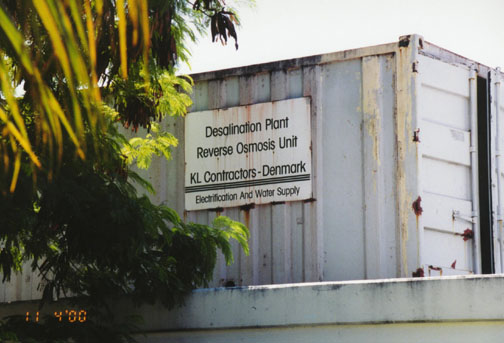
water comes from the sea
The islands are low-lying and have only small tracts of arable land. Vegetation is dominated by coconut palms and breadfruit trees. The climate is tropical and humid. The average annual temperature is 26.7° C (80° F), with little seasonal variation. The average annual precipitation is 1524 mm (60 in), most of which falls between May and November. The principal natural resource is the marine life of the surrounding seas.

power from imported petroleum
The population of Maldives (1997 estimate) is 280,391, yielding an average
population density of 941 persons per sq km (2437 per sq mi). The most populous
atolls are Male, the capital and principal commercial center; Suvadiva; and
Tiladummati. The people are ethnically heterogeneous, incorporating Indian,
Sinhalese, Arabian, and African elements. Islam is the state religion, and
nearly all the people are Sunni Muslims. The language is Divehi, an
Indo-European tongue related to Sinhalese.
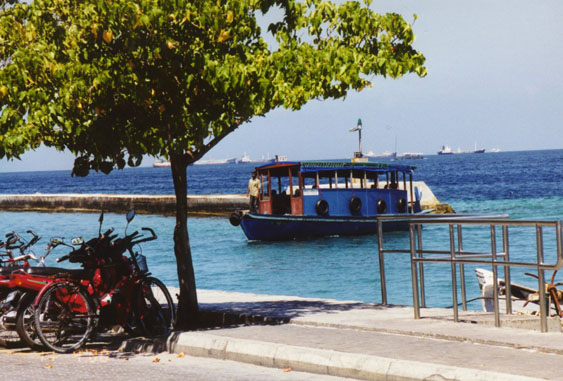
small boats provide transportation to the many islands
The Maldivian economy is dominated by fishing, and the total catch in 1995 was
90,012 metric tons. The most valuable species is tuna; corals and shells are
also taken. Coconuts are the principal agricultural product; most food must be
imported. Industrial activity is largely limited to fish processing and garment
manufacturing. The tourist industry is growing; in 1996 some 339,000 tourists
visited Maldives, adding $33 million to the economy.
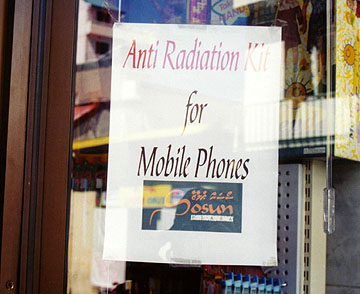
dangers of the new high tech?
Maldives is a republic governed under a constitution promulgated in 1968.
Executive power is vested in a president, nominated by the Majlis, or
Citizens' Council, and then elected every five years by universal adult
suffrage. The Majlis, a unicameral legislative body, consists of 40 directly
elected members from the 20 administrative atolls and 8 representatives
appointed by the president. The president appoints a cabinet that is responsible
to the Majlis.
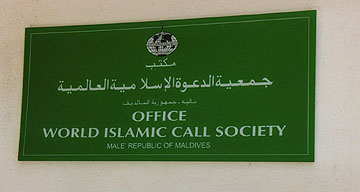
Muslim faith
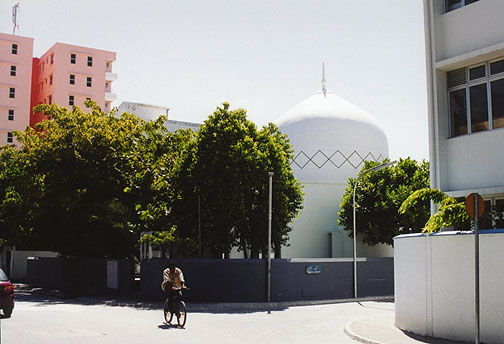
Local Mosque
The islands were settled by Buddhist peoples from southern Asia. Islam was
introduced in the 12th century. The Portuguese traded at Male in the latter half
of the 15th century. Although the islands were ruled by a local sultan, European
influence was established over the area, first by the Dutch in the 17th century
and later by the British. In 1887 the Maldives Islands formally became a British
protectorate. In 1965 the Maldives achieved independence as a sultanate, and in
1968 the people voted to establish a republic. In 1988, Indian troops were
called in to foil a coup attempt by Tamil mercenaries.
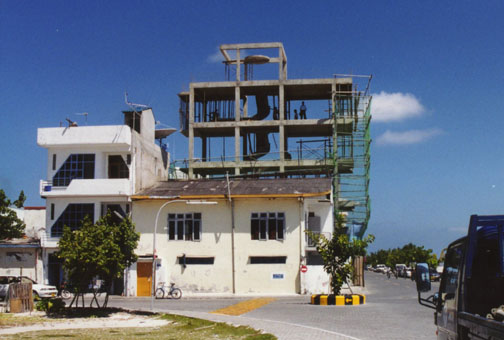
vigorous construction
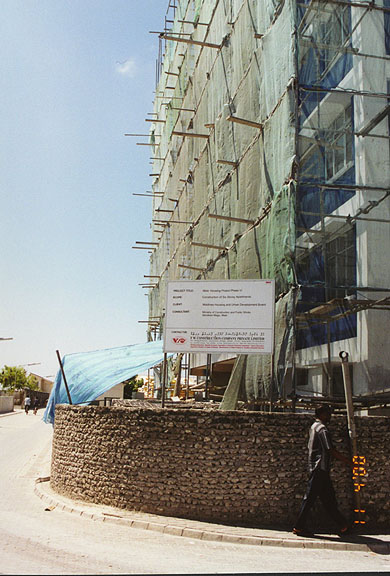
many new homes
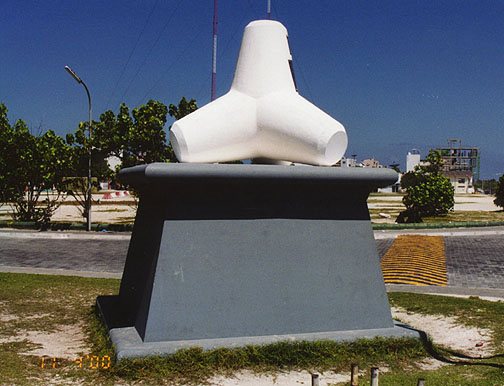
commemorating a Japanese project to improve harbor breakwater
![]()
![]()